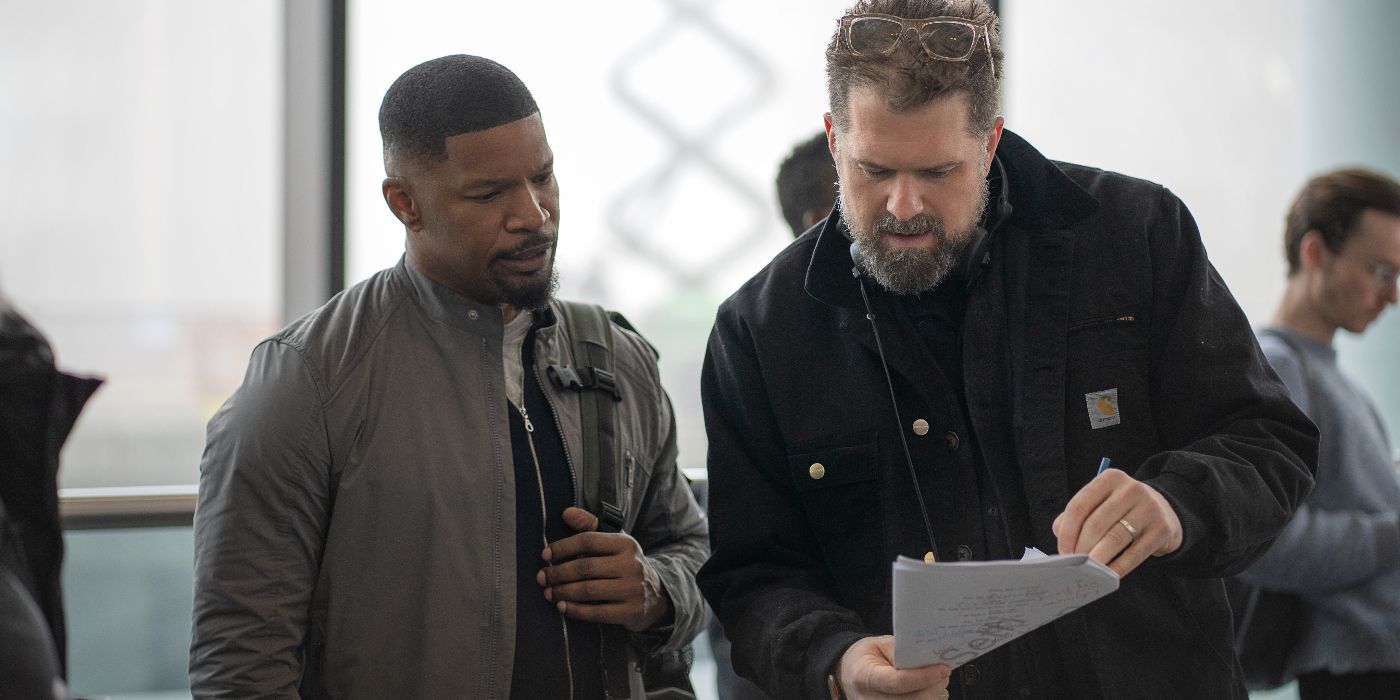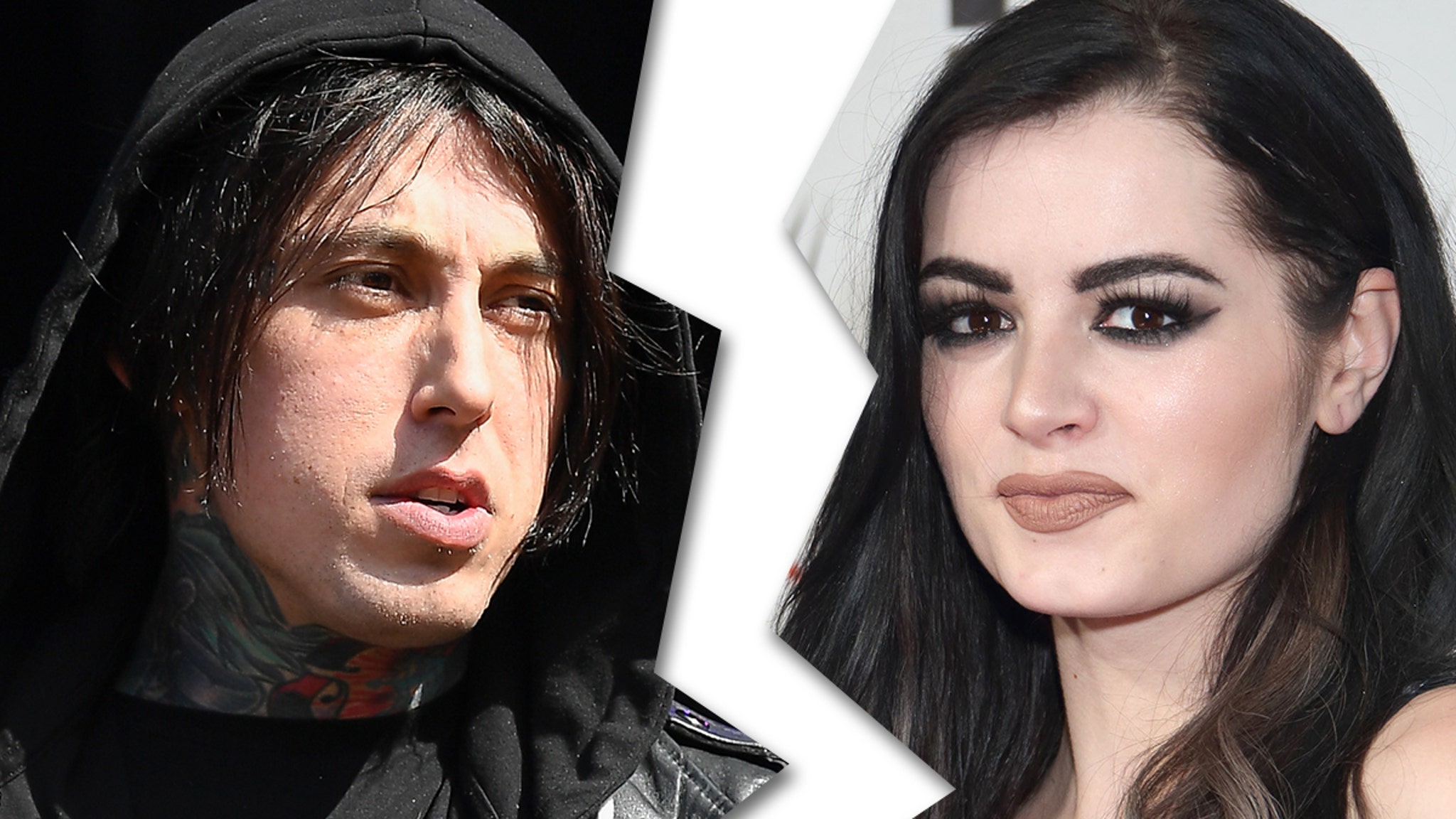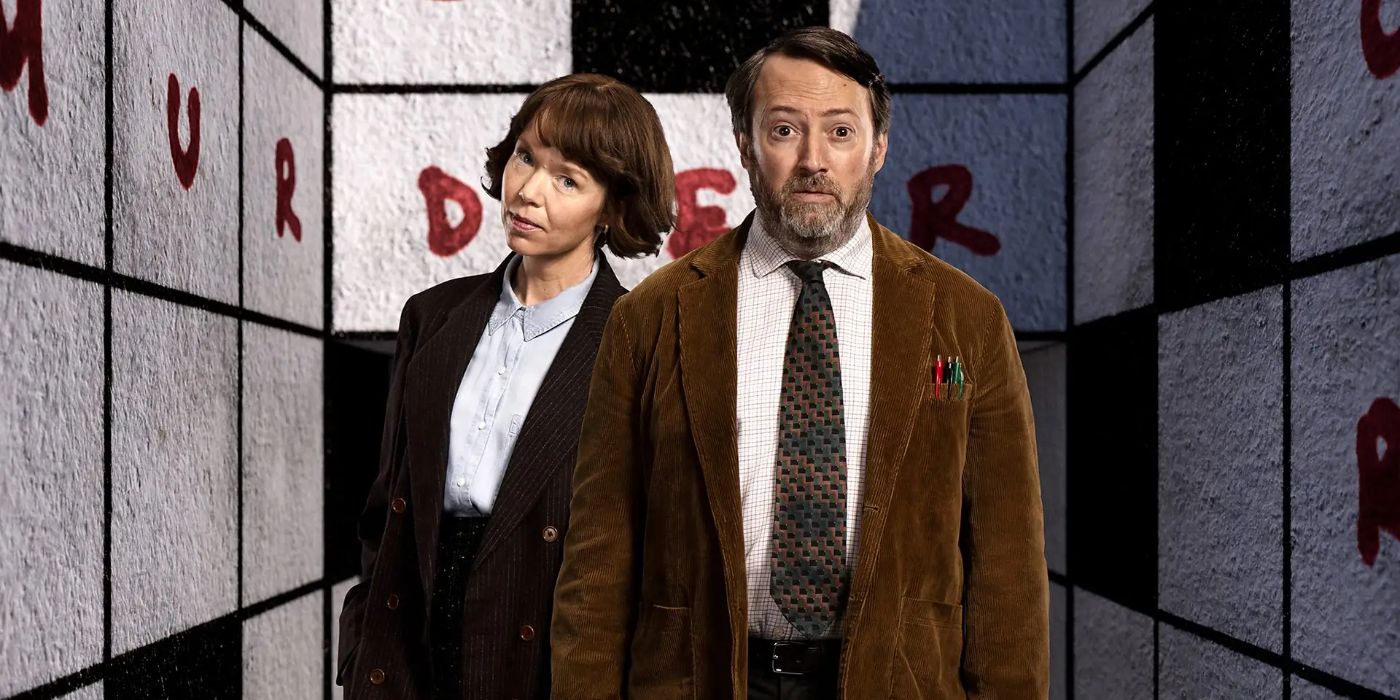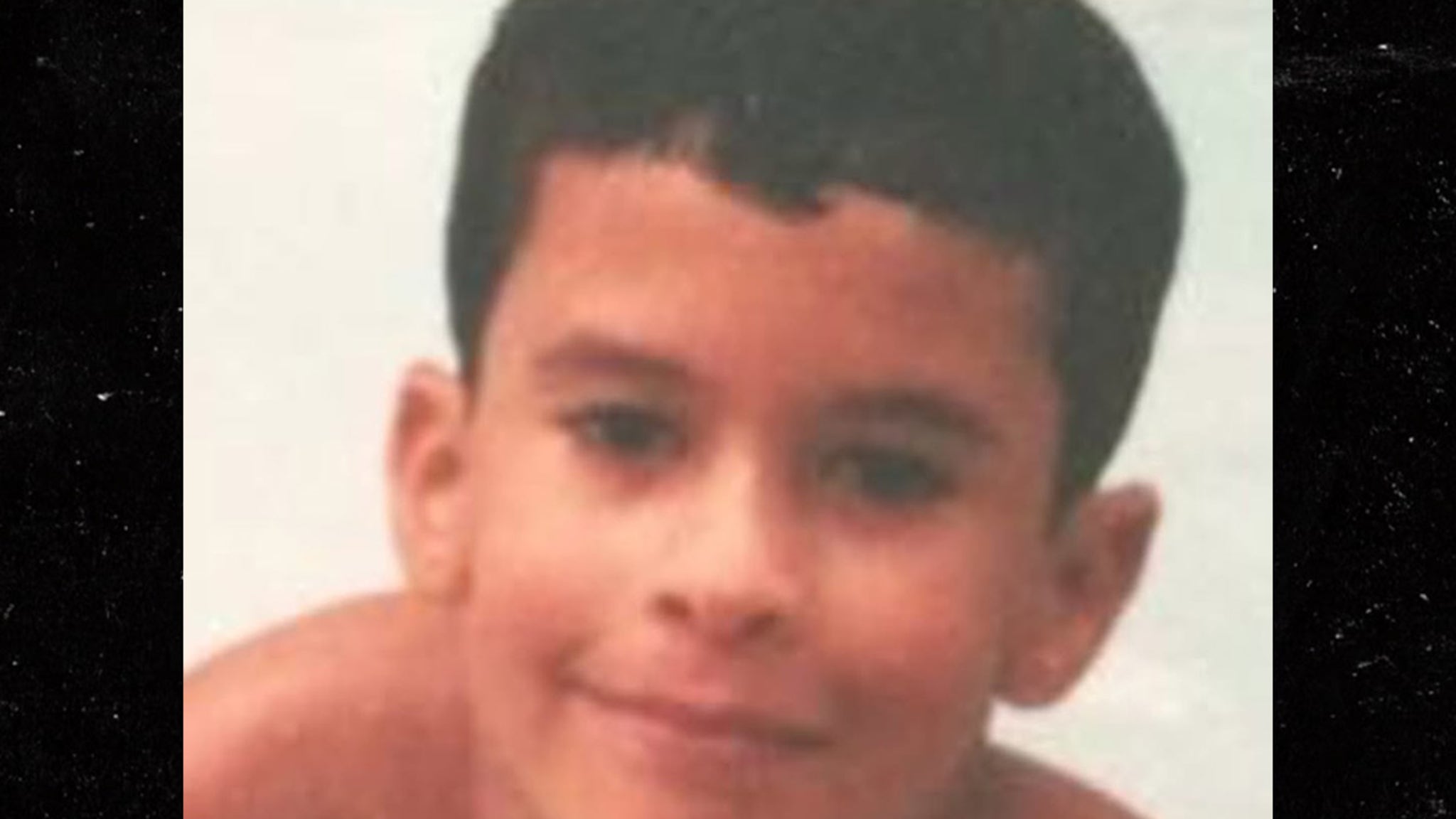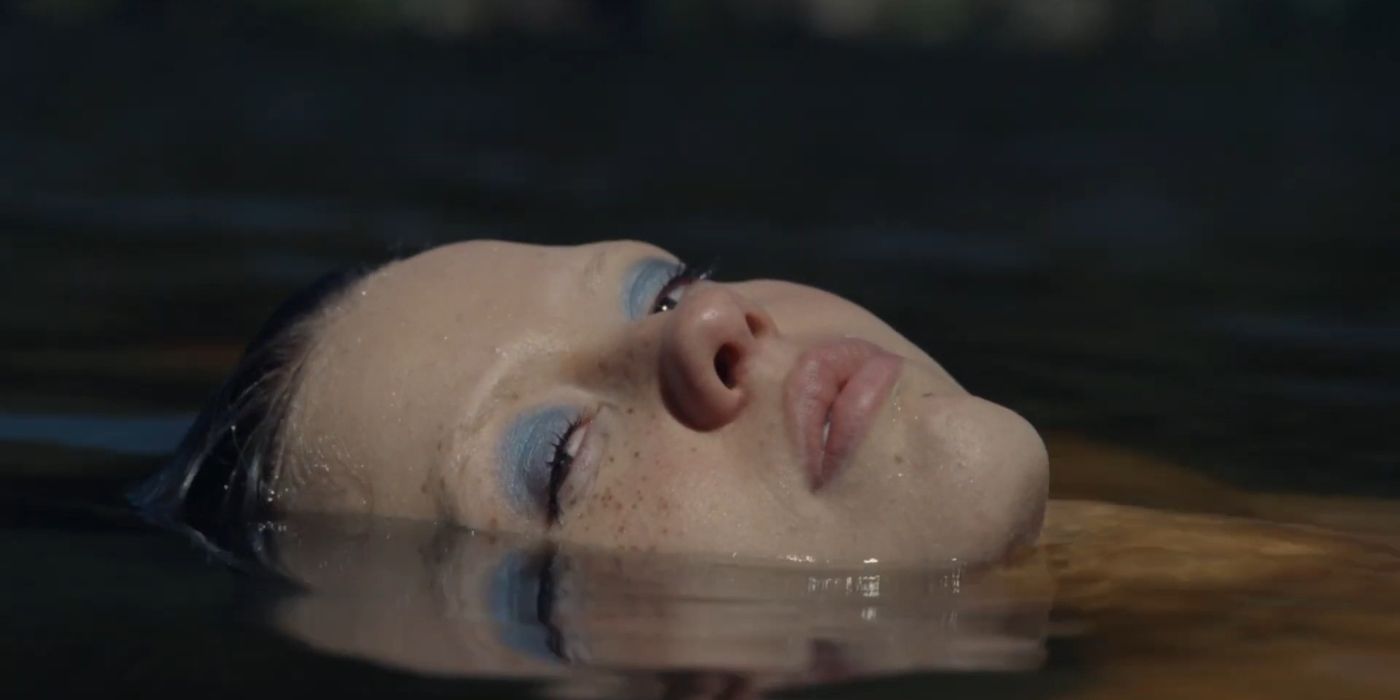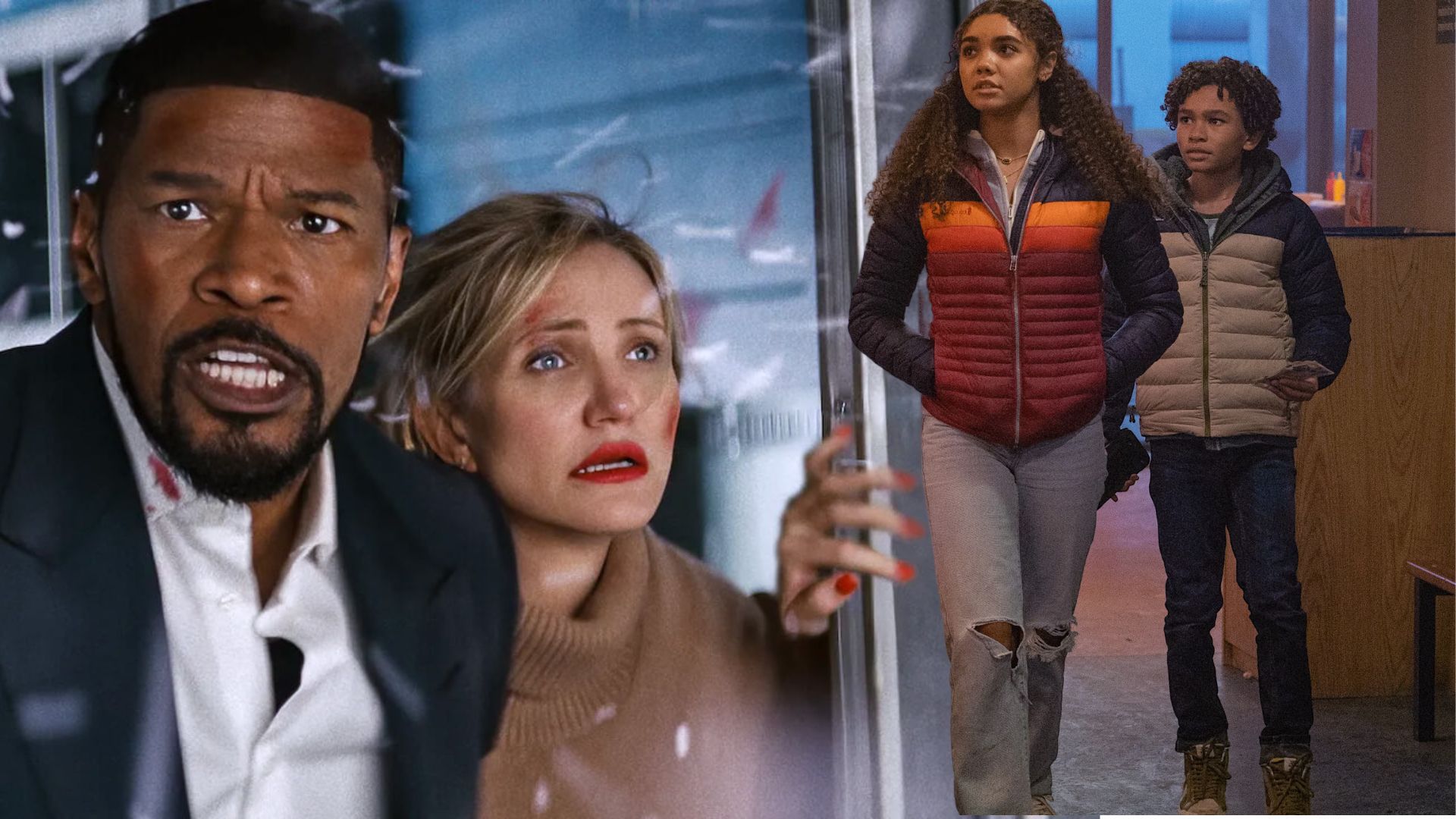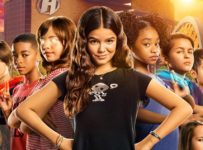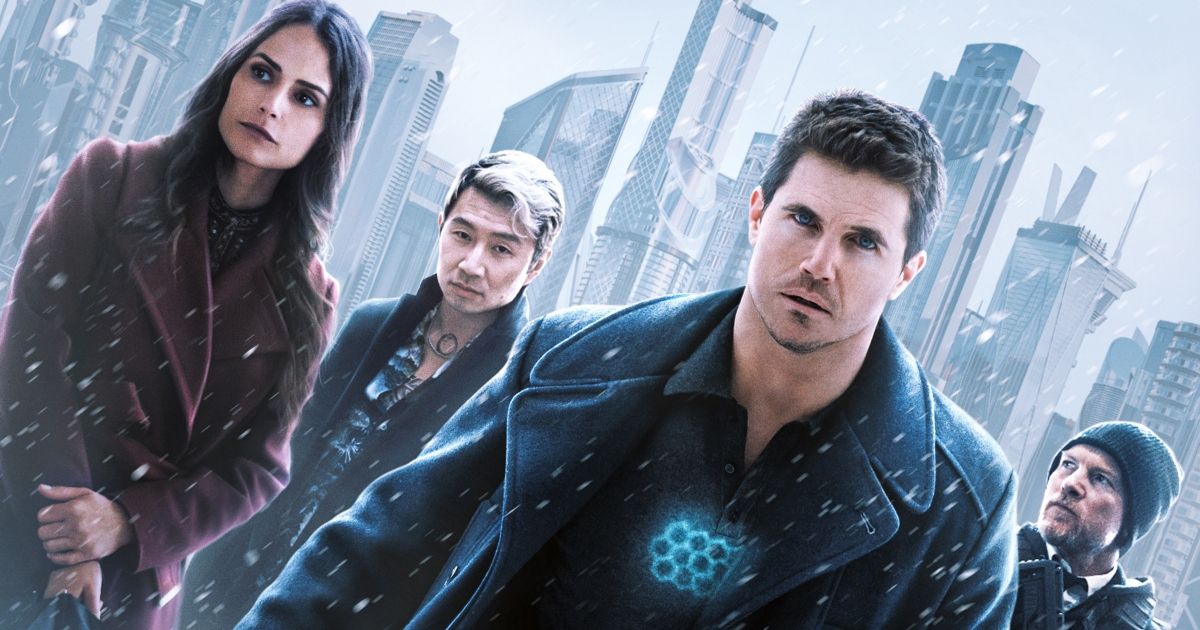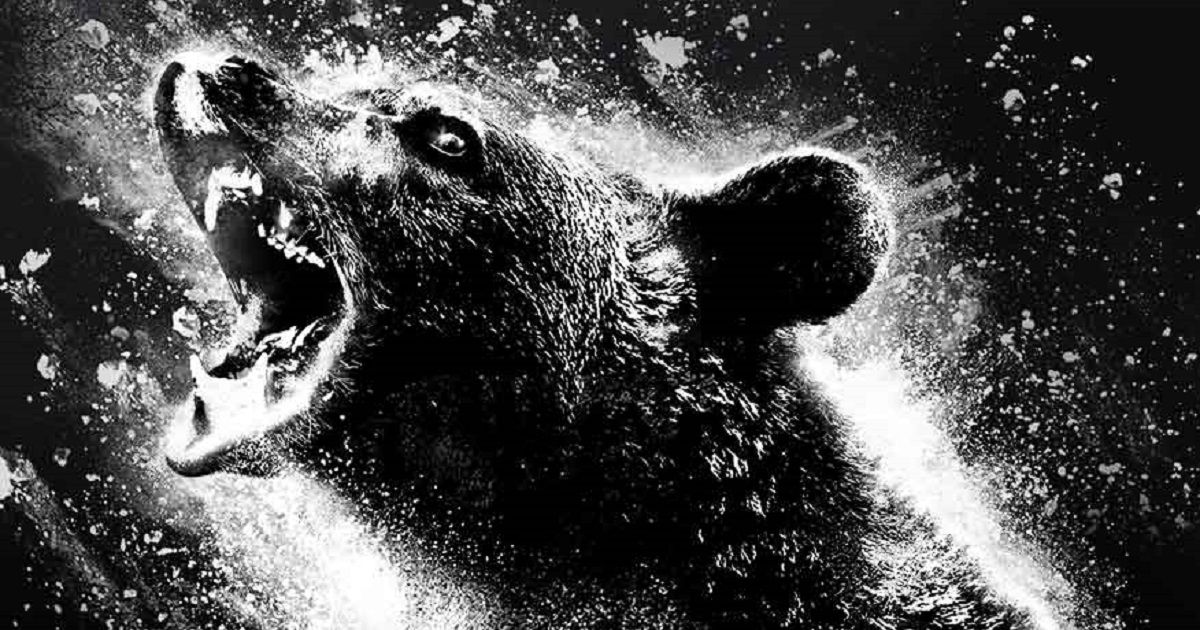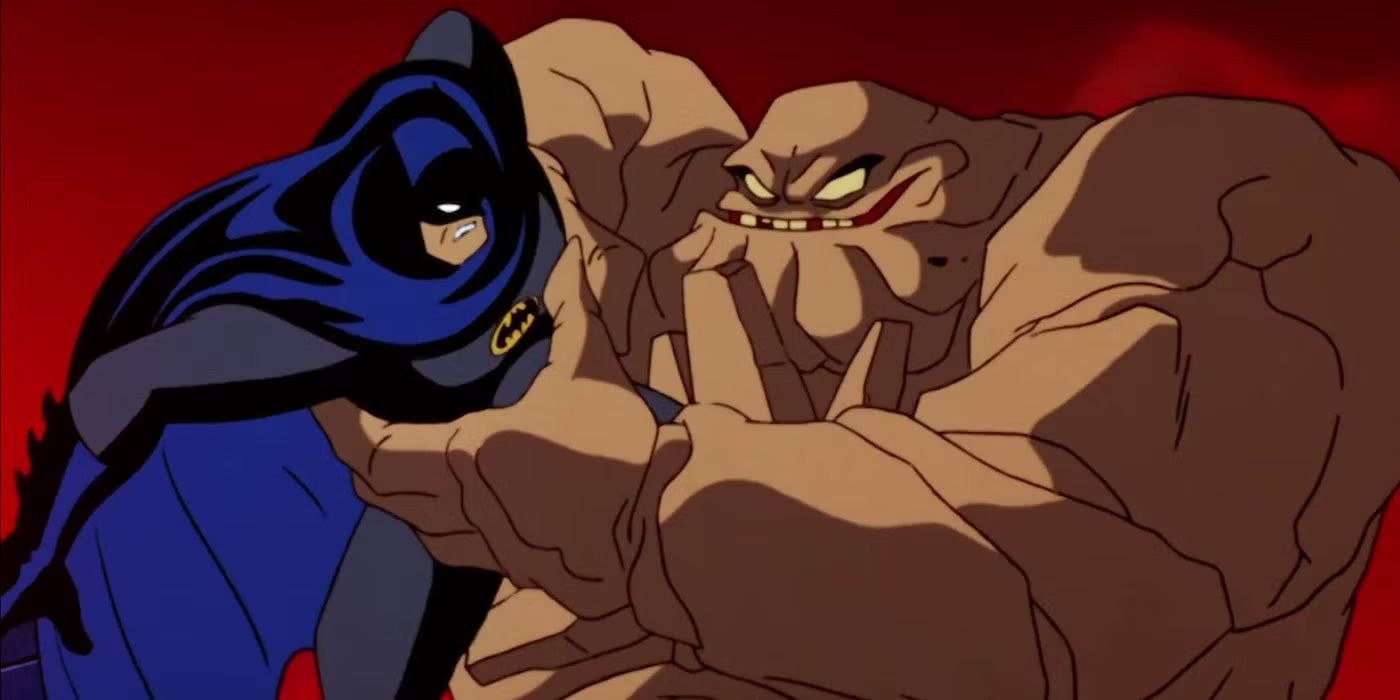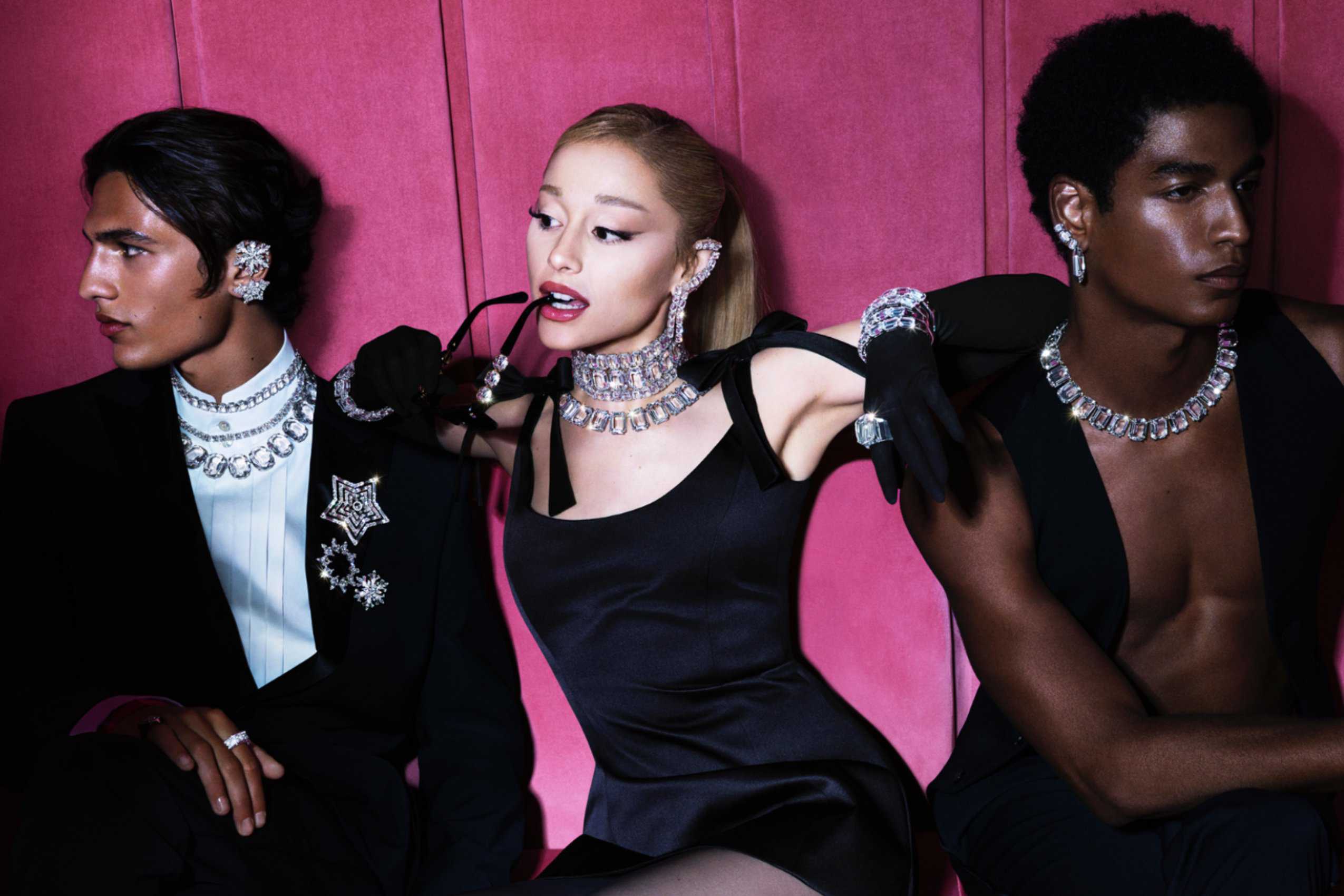Raya (Kelly Marie Tran) has long heard the stories of the last dragon from her father Benja (Daniel Dae Kim). As a villainous force was working its way across the land, turning people into stone, magical dragons united their forces together into a stone and one named Sisu used it to stop the pending apocalypse. She sacrificed herself in the process, although rumors persist that she survived. That stone resides with Benja and Raya’s people when the film begins, but the other clans of the now-divided world steal it, break it into pieces, and scatter it across the land.
Years later, Raya goes on a quest to find both Sisu (Awkafina) and the fragments of the stone, trying to bring her people back together and fulfill her father’s vision of loyalty. Along the way, they are chased by the princess of a clan seeking full power named Namaari (Gemma Chan), and encounter several memorable supporting characters, including the gregarious Boun (Izaac Wang), one-eyed Tong (Benedict Wong), and even a “con baby,” a kid who uses her undeniable cuteness as an alley con artist. All of these lively characters were impacted by the stone’s fragmentation, and they form an unforgettable core in what is basically an old-fashioned adventure movie that recalls everything from Indiana Jones to “Princess Mononoke.”
Directors Don Hall (“Big Hero 6”) and Carlos López Estrada (“Blindspotting”) imbue every design element of “Raya and the Last Dragon” with top-notch craftsmanship. Each of the lands that Raya and her compatriots travel to feel like fully-realized worlds. Look at the streets in which Raya meets the baby and her monkeys-in-crime—they’re filled with bustling life and background detail that many movies like this simply ignore. And then there’s the character design, which is much more carefully considered than most modern blockbuster animation, particularly the gorgeous look of Sisu and her fellow dragons. Yes, she bears a strong resemblance to dragons we’ve seen in Asian cinema before—it’s hard not to think of “Spirited Away” when she takes her own form of flight—but she ultimately stands on her own, thanks in part to how her design melds with Awkwafina’s fantastic voice work. She’s expressive without being overly cartoonish. All of “Raya” has that going for it—a vibrant color palette and remarkable level of detail that never pushes too far into fantasy elements, achieving the perfect balance.
You can view the original article HERE.


